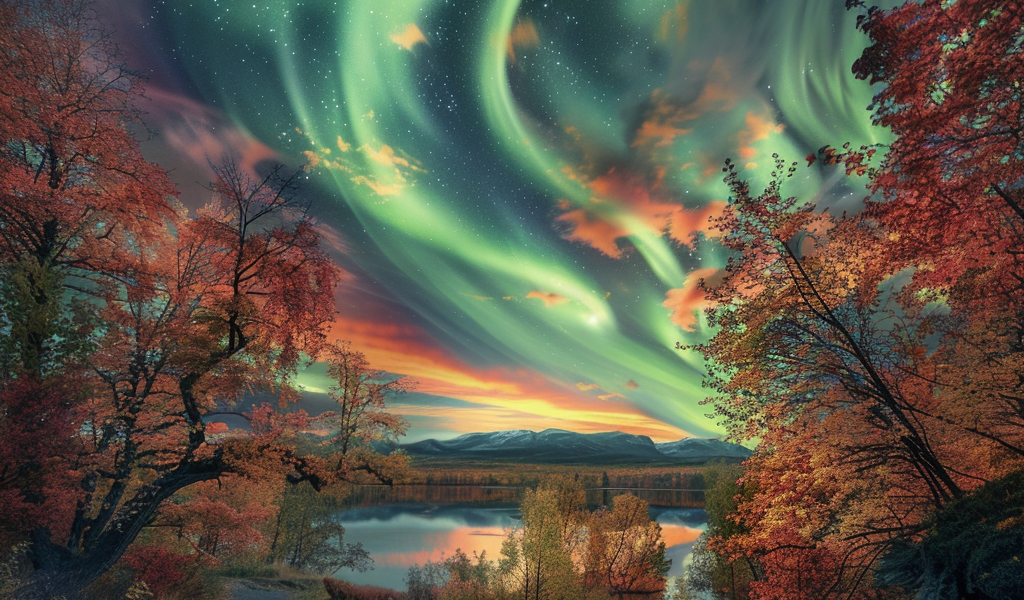As autumn approaches, the Earth may face an unusual celestial event—a geomagnetic storm expected to occur on Wednesday, coinciding with the autumnal equinox. This phenomenon stems from a recent solar flare and coronal mass ejection (CME) that erupted from the sun, raising interest and concern among scientists and the public alike.
On September 12, 2024, the sun unleashed a powerful solar flare classified as M-class, which was unexpected given the stable nature of the sunspot AR3835. This solar activity coincided with the official onset of fall, marking a significant moment in the solar cycle. CMEs are bursts of plasma and magnetic particles released from the sun’s surface, and their interaction with Earth’s magnetic field can lead to geomagnetic storms.
The upcoming geomagnetic storm is attributed to a phenomenon known as the Russell-McPherron effect, which occurs during the equinoxes. During these times, the Earth’s magnetic field aligns more closely with the sun’s magnetic field, enhancing the likelihood of geomagnetic storms. This alignment allows for a stronger coupling between the solar wind and Earth’s magnetic field, increasing the potential for charged particles to penetrate our atmosphere.
Mike Hapgood, a principal consultant on space weather at Rutherford Appleton Laboratory in the UK, explained that during spring and fall equinoxes, the orientation of Earth’s poles with respect to the sun maximizes this coupling. He noted that in contrast, during summer and winter, the poles are positioned at an angle that reduces this interaction, resulting in fewer storms.
Despite the anticipation surrounding the storm, experts from the National Oceanic and Atmospheric Administration (NOAA) have indicated that the expected geomagnetic weather will be classified as G1, or a “minor” class storm. This categorization is the lowest of five levels used to describe geomagnetic storms, suggesting that while there may be some effects, they will not be severe.
Geomagnetic storms can lead to various effects on Earth, including disruptions in satellite communications, navigation systems, and even power grids. However, a G1 storm is unlikely to cause significant disruptions. For the general public, the most noticeable impact may be enhanced auroras visible at lower latitudes than usual, offering a spectacular natural display.
As we brace for this minor storm, it serves as a reminder of the dynamic nature of our solar system and the intricate relationships between the sun and Earth. Meteorologists and space weather experts will continue to monitor the situation closely, providing updates as necessary.
As the leaves change color and the temperatures drop, this geomagnetic storm adds an additional layer of intrigue to the autumn season. Whether you’re an astronomy enthusiast or just someone who enjoys the beauty of nature, this event is sure to capture the imagination.





